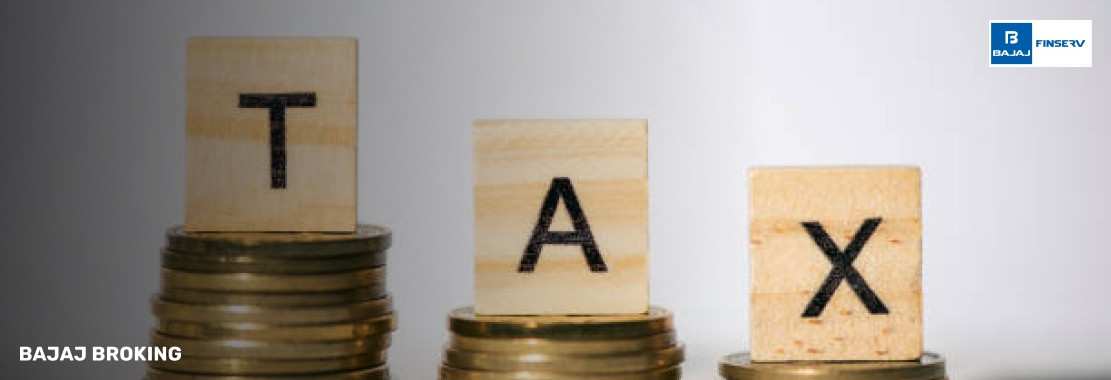Income Tax Challan is a crucial document used for making tax payments to the government. Whether you are paying self-assessment tax, advance tax, or demand tax, this form acts as an official record of your transaction with the Income Tax Department. Available in both online and offline modes, it simplifies the tax payment process for individuals, companies, and other taxpayers.
There are multiple types of challans, such as ITNS-280, ITNS-281, and others, each used for specific tax-related payments. It is important to select the correct challan to ensure your payment is properly recorded under the right tax head.
This article covers everything you need to know about what is Income Tax Challan, its types, and step-by-step methods to generate and pay using both online and offline methods.
What is an Income Tax Challan?
Income Tax Challan is an official payment instrument used to deposit various types of income taxes with the Central Government. The challan includes essential taxpayer details such as PAN, assessment year, tax type, and amount. It helps track tax payments and is a prerequisite while filing an income tax return.
When you pay income tax using a challan, a Challan Identification Number (CIN) is generated, which serves as proof of tax paid. This CIN gets reflected in Form 26AS, helping taxpayers during income tax return filing.
You can generate and submit the challan electronically via the TIN-NSDL portal or pay it at designated bank branches, depending on your convenience.
Types of Income Tax Challans
There are several forms under Income Tax Challan, each meant for specific tax payment categories. Below are the major types:
ITNS-280
ITNS-280 is used to deposit income tax by individuals, Hindu Undivided Families (HUFs), and companies. It covers advance tax, self-assessment tax, regular assessment tax, and surcharge. Ensure the correct assessment year and PAN are entered. This challan is applicable when you're making direct payments toward your income tax liability.
ITNS-281
ITNS-281 is meant for depositing Tax Deducted at Source (TDS) and Tax Collected at Source (TCS) by deductors. It is used by both corporate and non-corporate entities. This challan requires TAN instead of PAN. Select the appropriate section code depending on the nature of the TDS/TCS being deposited with the authorities.
ITNS-282
ITNS-282 is used to pay Securities Transaction Tax (STT), Banking Cash Transaction Tax (BCTT), and Equalisation Levy. These are levies collected on specific transactions such as stock trading or large cash withdrawals. This challan is used by financial institutions or those liable under special tax provisions for specific transactions.
ITNS-283
ITNS-283 is for the payment of Fringe Benefit Tax (FBT), which was applicable to employers offering fringe benefits to employees. Though FBT has been discontinued, historical liabilities may still be cleared using this challan. It includes surcharge and interest, if applicable, based on the provisions under the Income Tax Act.
ITNS-284
ITNS-284 is specifically applicable for payments under the Income Declaration Scheme, 2016. This scheme allowed taxpayers to declare previously undisclosed income by paying tax, surcharge, and penalty. The challan ensured compliance for declarations made under this one-time scheme, which was introduced to bring unreported income into the tax framework.
ITNS-285
ITNS-285 is designated for tax payments under the Pradhan Mantri Garib Kalyan Yojana (PMGKY), 2016. This scheme allowed the declaration of unaccounted income with a mandatory contribution to a welfare scheme. This challan facilitates tax payments, surcharge, penalty, and deposits under the PMGKY disclosure scheme for compliance with the rules.
ITNS-286
ITNS-286 is used for taxes paid under the Black Money (Undisclosed Foreign Income and Assets) and Imposition of Tax Act, 2015. Individuals disclosing foreign assets or income are required to pay taxes through this challan. It includes tax, penalty, and surcharge components. It ensures compliance under the one-time disclosure window.
ITNS-287
ITNS-287 is used for payments under the Direct Tax Dispute Resolution Scheme, 2016. This scheme aimed to resolve pending tax disputes by allowing taxpayers to pay a prescribed amount and settle the case. The challan enables payment of tax dues and penalties as agreed upon under the resolution mechanism.
How to Generate an Income Tax Challan and Pay Tax Online?
Paying the Income Tax Challan online is convenient and secure. Follow these steps:
Visit the official website https://www.incometax.gov.in/iec/foportal/
Select the relevant challan form (e.g., ITNS-280 or ITNS-281).
Fill in the required details such as PAN/TAN, assessment year, address, and tax amount.
Choose a payment mode—Net Banking, Debit Card, or UPI.
Submit the form and proceed with payment.
Once done, a Challan Counterfoil with CIN is generated as proof.
Save or print the counterfoil for your records and income tax return filing.
This process ensures real-time tax credit, which is reflected in your Form 26AS, streamlining filing and eligibility for tax rebate where applicable.
Conclusion
Understanding the types of Income Tax Challan and how to use them is essential for smooth and compliant tax payments. Whether you're an individual, a company, or a tax deductor, using the correct challan ensures timely processing and proper credit in Form 26AS. From income tax return filing to availing applicable tax rebate, accurate challan use plays a key role. Always verify the details before submitting your payment online or offline. Using the appropriate challan type also helps avoid future mismatches or penalties during assessments. Keep your CIN safely stored for reference during future filings or verifications.
Disclaimer: This article is for informational purposes only and does not constitute financial or tax advice.




